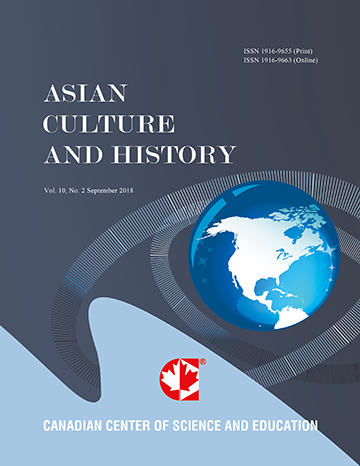General Problems in Chinese Translations of Shakespeare
- Yanna Sun
Abstract
Shakespeare was not known to the Chinese until Lin Zexu’s (1785-1850) translation of Hugh Murray’s (1789-1845) Cyclopedia of Geography (1836). Since then, the Chinese perception of Shakespeare has changed several times, from his being regarded as a story-teller to being fully received as a seasoned playwright and poet, through to his plays being rendered into the Chinese language and performed on the Chinese stage. First and foremost is the question of how to adequately translate Shakespeare. The quality of the translation is important, particularly for those readers who have no knowledge at all of the English language or of the historical and cultural backdrop to his plays. But this is no easy task – not least because there are many significant cultural and linguistic divergences between China and England and their respective languages. Through detailed analysis of previous Chinese renditions of Shakespearian plays, this article will point out some general problems frequently facing the translator of the playwright.- Full Text:
 PDF
PDF
- DOI:10.5539/ach.v2n2p232
Journal Metrics
Google-based Impact Factor (2017): 5.42
h-index (January 2018): 11
i10-index (January 2018): 21
h5-index (January 2018): 6
h5-median (January 2018): 9
Index
- Academic Journals Database
- CNKI Scholar
- COPAC
- EconPapers
- Elektronische Zeitschriftenbibliothek (EZB)
- Excellence in Research for Australia (ERA)
- Genamics JournalSeek
- Google Scholar
- Infotrieve
- LOCKSS
- MIAR
- NewJour
- Open J-Gate
- PKP Open Archives Harvester
- Publons
- RePEc
- Scilit
- SHERPA/RoMEO
- Standard Periodical Directory
- Technische Informationsbibliothek (TIB)
- The Keepers Registry
- Universe Digital Library
- WorldCat
Contact
- Ivan YongEditorial Assistant
- ach@ccsenet.org
